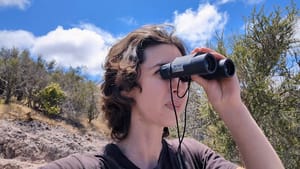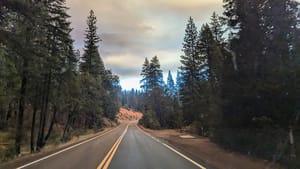California condors almost didn’t make it. They were extinct in the wild in 1987, when the remaining 27 individuals were captured by scientists to breed in captivity. Today, there are around 560 California condors, the majority released in the wild.
I was lucky enough to see five of them or more last weekend, in Pinnacles National Park, in central California. It’s an amazing feeling to watch them circling with their huge wingspan, sitting together on tall rock towers, and looking like they’re having a really nice, carefree, sunny day.
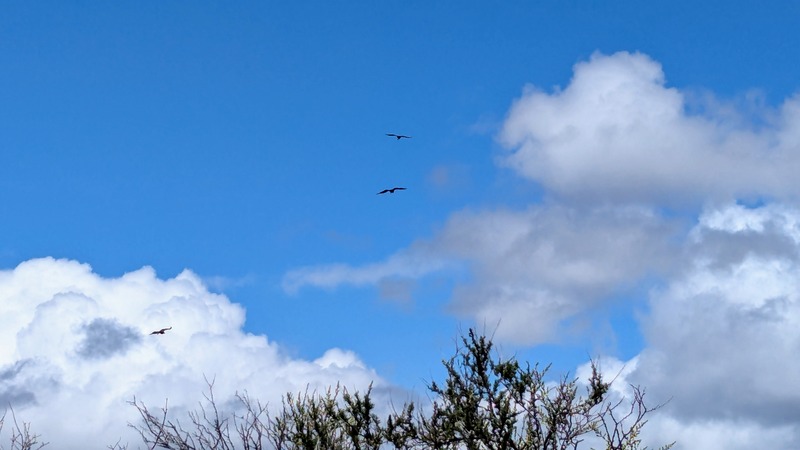
The biologist Jan Hamber helped with the recovery of California condors for decades. This is a fascinating article about her life’s work: This Bird Lives Because She Never Quit
They captured the last remaining 27 birds to breed in captivity, and struggled to educate their offspring to survive in the wild. They had to scare them away from dangerous electrical equipment and power lines, for example.
Lead poisoning was a major cause of death of these huge birds, in addition to DDT, habitat loss, and poaching. Condors scavenge already-dead prey, so they eat dead animals containing lead bullet fragments from hunting.
The U.S. Fish and Wildlife Service established the California Condor Recovery Program in 1979. This expensive program would not have been possible without government assistance. Lead ammunition was finally banned in California for hunting in 2019.
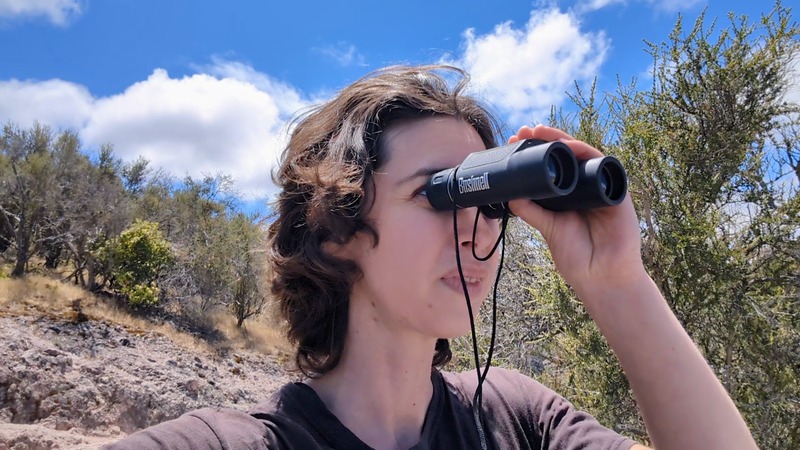
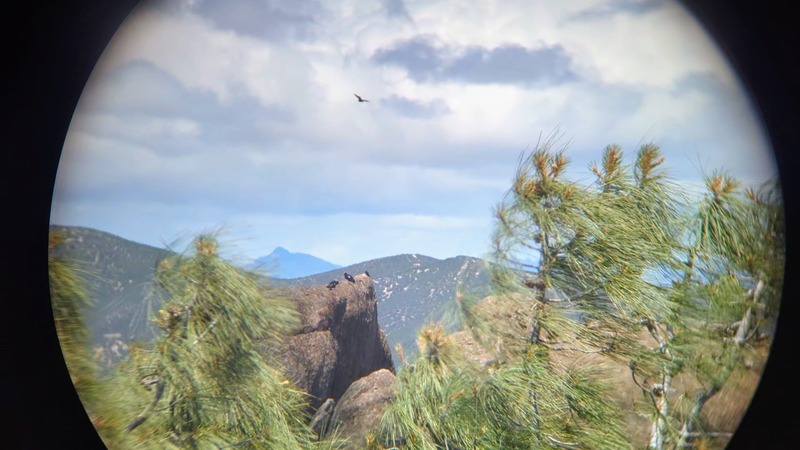
Without government assistance and protection of our land, many more creatures would be extinct. This is an example of resources being applied to help only a few individuals, but really, this recovery effort is only needed because a relatively few number of individuals can cause huge environmental destruction. The cleanup afterwards, if it’s possible, can be immense.

